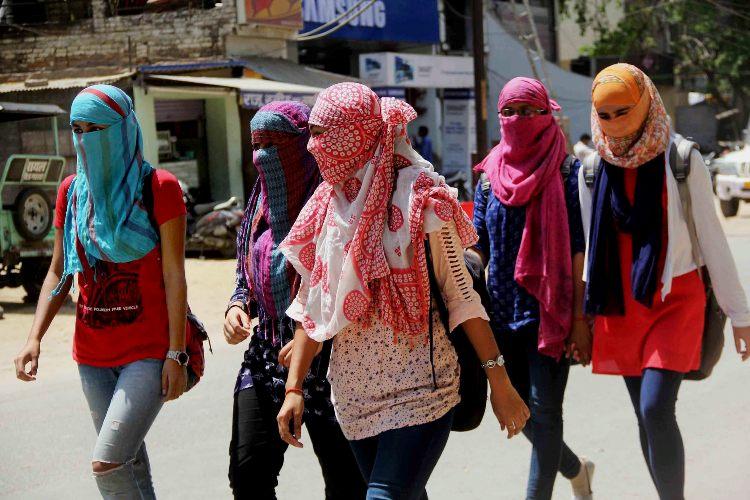“The emission of greenhouse gases has gone up. The permeable spaces have gone down considerably. The cities actually have become heat traps.As a result, nights are nearly as uncomfortable as days,Krishna S. Vatsa, a member of the National Disaster Management Authority
New Delhi:Indian cities have become “heat traps” due to their unbalanced growth devouring water bodies and increasing greenhouse emissions, a senior government official said on Monday, as a scorching summer killed dozens in some parts of the country.
The India Meteorological Department (IMD) has forecast above-normal temperatures for June in the northwest and central parts of the country including Delhi, making it one of the longest heatwave spells. The highest daily temperatures in the capital have stayed above 40 degrees Celsius (104 Fahrenheit) since May 12 and are forecast to fall below that mark only on June 26.
The IMD’s heatwave criteria start with 40 degrees in the plains and 30 degrees for hills where it is generally cooler because of elevation.
Delhi, which is also facing a water shortage, recorded about 44 degrees late Monday afternoon but the IMD said it felt like 49.2 degrees.
“Climate change plays an important role,” Krishna S. Vatsa, a member of the National Disaster Management Authority, told Reuters.
Unbalanced urban growth, which has reduced wetlands and water bodies, was another factor, Vatsa said.
“The emission of greenhouse gases has gone up. The permeable spaces have gone down considerably. The cities actually have become heat traps.” As a result, he said, nights are nearly as uncomfortable as days.
According to a study by the Centre for Science and Environment (CSE) published last month, land surface temperatures in the summers of 2001 to 2010 in cities such as Delhi, Hyderabad, Kolkata and Mumbai used to drop by up to 13.2 degrees during the night from their day-time peak. Between 2014 and 2023 they were only cooling off by up to 11.5 degrees.
“Hot nights are as dangerous as mid-day peak temperatures,” the Centre’s report said. “People get little chance to recover from day-time heat if temperatures remain high overnight.”
Vatsa said most Indian states were implementing heat action plans that include provisioning drinking water and better medical facilities, as well as rescheduling outdoor work and school vacations. But Anumita Roychowdhury, CSE’s executive director, said there was no clear mandate to implement long-term strategies. Delhi’s long-term plan includes increasing heat insulation of buildings, developing shelters for urban poor and slum dwellers, and investing in cooling water bodies.
Such plans need to be backed financially, said Vishwas Chitale of the Council on Energy, Environment and Water think tank in New Delhi. “Cities are struggling with their own finance and they don’t have additional budget to implement actions for heat,” he said.

